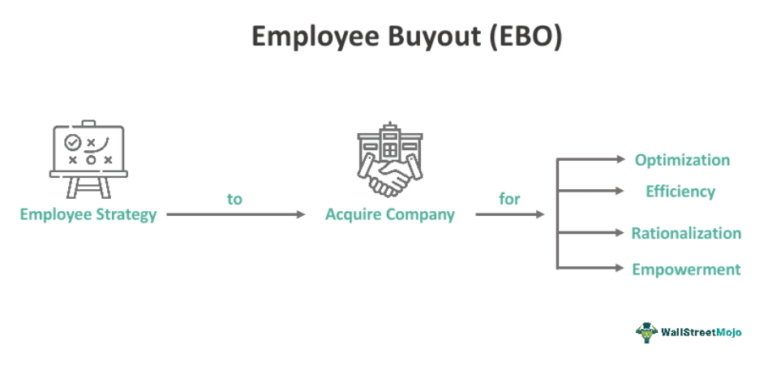
Audience
- Sentiment: Neutral to Positive
- Political Group: Moderate to Progressive
- Age Group: 30-50
- Gender: Both
Overview
- Moderna reported a total revenue of $1.0 billion in Q4 2024, a significant drop from $2.8 billion in Q4 2023 due to changing dynamics in COVID-19 vaccine sales.
- The company achieved a 27% cost reduction compared to 2023, saving nearly $1 billion and improving its net loss from $(4.7) billion in 2023 to $(3.6) billion in 2024.
- Moderna aims to secure up to 10 product approvals by 2027, expanding its focus beyond COVID-19 vaccines to include treatments for other respiratory viruses.
Moderna’s Q4 and Full-Year 2024 Financial Results: A Turning Point in Innovation
In recent news that caught the attention of business and science enthusiasts alike, Moderna, Inc. (often recognized by its stock symbol, MRNA), put out a report detailing its financial performance for the fourth quarter (Q4) and the entire year of 2024. For many, Moderna is synonymous with the COVID-19 vaccine developments, but the company is not just resting on its previous successes; it is actively working to expand and innovate its product offerings. Today, let’s dive deeper into what this report means—not just for Moderna, but for the world of vaccines and medicine as a whole.
Significant Progress and Changes in Revenue
One of the standout points from the report is that Moderna achieved total revenue of $1.0 billion in Q4 2024. Now, you might be thinking, “That sounds like a lot of money!” And it is! However, it’s important to note that this amount is actually lower than the $2.8 billion they reported for the same quarter in 2023. So why did revenue drop so significantly? A significant factor was the timing of COVID-19 vaccine sales. With the pandemic transitioning to a more manageable phase, sales have changed and adapted, reflecting a new reality for many companies involved in vaccine production.
In addition to the overall revenue, Moderna reported that their flagship product, Spikevax® (the brand name for their COVID-19 vaccine), brought in $923 million during Q4 alone. This vaccine not only played a crucial role during the pandemic, but it has also helped to position Moderna as a leading name in biotechnology. For the full year, sales of Spikevax® totaled $3.1 billion, which, though lower than in previous years, still underscores how pivotal the vaccine has been for the company’s financial health.
Cost-Cutting Strategies and Financial Improvements
Another interesting piece of information from the financial results is that Moderna managed to reduce its costs by 27% in comparison to 2023. This reduction amounts to nearly $1 billion in savings, which is no small feat for a company that has faced the ebbs and flows of a pandemic-driven market. CEO Stéphane Bancel mentioned that the focus on cost-reduction is crucial for the company’s sustainability and future growth.
Despite a full-year net loss of $(3.6) billion, which sounds alarming at first glance, it’s important to see this in context. The loss is actually an improvement from the $(4.7) billion loss reported in 2023. This progress suggests that despite the challenges, Moderna is optimizing its operations and moving toward a more stable financial position.
The Road Ahead: Innovation Focus
So what does the future look like for Moderna? The company has ambitious plans to secure up to 10 product approvals by 2027. This goal shows that Moderna isn’t just resting on its past achievements; instead, they are committed to innovating new therapies and vaccines. Importantly, their research isn’t limited to COVID-19 vaccines—they are also developing solutions for respiratory viruses such as Respiratory Syncytial Virus (RSV) and influenza.
This idea of expanding their portfolio is critical. With the success of mRNA technology being highlighted more and more, Moderna is positioning itself as a leader in the field of biotechnology. With mRNA vaccines showing potential for rapid development and deployment during health crises, Moderna’s continued innovation could pave the way for more efficient responses to future pandemics or outbreaks.
Adjusting to Market Realities
One fascinating aspect of Moderna’s strategy is their shift towards what they label a “seasonal respiratory market” concept. For 2025, they anticipate revenues between $1.5 to $2.5 billion, which reflects an understanding that COVID-19 is becoming more integrated into the way we view health—similar to how we handle the flu, for example. Vaccines may soon be an annual necessary shot, just like getting a flu shot every year. This transition represents a significant change in how both the company and consumers will approach health care in the coming years.
Moderna’s shift towards seasonal vaccines could also mean that they will face competition from other vaccine producers. This could inspire innovation as companies race to create the most effective and convenient products—good news for consumers and public health!
The Broader Impact on Public Health
Taking a step back from the financials and business strategies, it’s important to consider what Moderna’s progress means for global public health. We’ve seen how quickly diseases can spread and how crucial vaccines can be in slowing that spread. Innovations in mRNA technology could provide new hope not just for COVID-19 but for developing vaccines for other diseases that have historically been difficult to combat. Imagine a future where a quick shot can prevent a wide range of illnesses, saving lives and keeping communities healthy.
As part of this broader public health discussion, we must also think about accessibility. The challenge of making vaccines available to everyone across the globe remains a pressing concern. Will companies like Moderna commit to ensuring that their products are not only effective but also widely available to those in need?
Final Thoughts
Moderna’s updates from Q4 and the full year of 2024 reveal a company that is adapting to big changes in the market while continuing to innovate. With ambitious goals and a clear focus on mRNA technology, they are setting a path for success not just for themselves, but for public health efforts worldwide.
Now, as we navigate through this ever-evolving landscape of medicine and technology, it raises an interesting thought: What do you think the future of vaccines will look like in 10 years? Will we see more innovations like mRNA? How do you feel about the potential for seasonal vaccines? We’d love to hear your thoughts—share your comments below!





